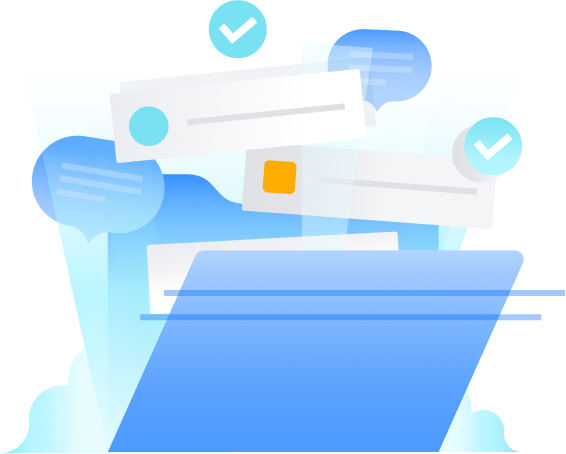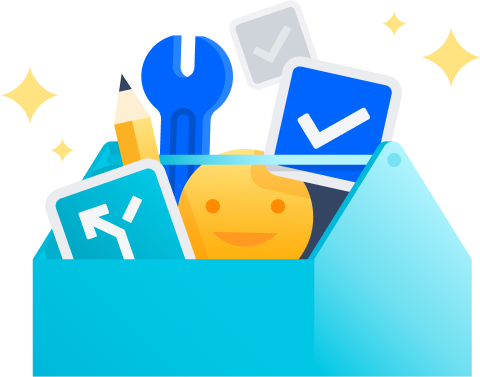チームが一緒に働く上で決して犯してはならない 3 つのミス
チーム コラボレーションの仕組みを設計することは、陶芸をするようなものだと考えてください。確かに、粘土の塊をろくろに置いて、さっと工程を実行し、花瓶らしきものを作ることができます。しかし、よく見ると、欠陥が見つかります。あなたは、ひび割れから水漏れしていることに気づきます。ひび割れや水漏れは花瓶を傷めます。きちんと機能する花瓶らしきものを持っていたのに、次の瞬間には、不完全に設計された容器を手にしています (おそらくは床に置いています)。
チーム コラボレーションの仕組みを急いで作り上げようとすると、よくある間違いを犯しがちです。そして、それらの間違いが表面化し始めると、陶芸の失敗よりも修正ははるかに高価です。
チーム コラボレーションに関するこれらのよくある間違いを読んで、どうすればそれらを回避できるかを学び、より強力で協調的な職場を構築できるようにしてください。
解決策: 生きたナレッジ ベースを作成する

信頼できる唯一の情報源を作成すれば、古い情報を参照したり、並行作業を行ったりすることがなくなります。知識を一元化することでチーム全体の連携が保たれます。これは現在、特に重要です。2020 年にリモートに移行した従業員の 97% は、今後少なくとも一部はリモートで作業したいと考えています。チームが完全にリモート、ハイブリッド、または全員オフィス勤務かにかかわらず、信頼できる唯一の情報源があればチーム コラボレーションが容易になります。
Confluence を中心にすべてのコラボレーションと知識の共有を行って、コンテキストの切り替えとツールの行き来を削減しましょう。複数のチームやプロジェクトが参加するスペースを作成し、ページを使用してメモを整理しましょう。すべてが 1 つの共有スペースにあれば、ファイルやフォルダーを調べたり、受信トレイを検索したり、DM を送信して情報を探す必要がありません。
解決策: 非同期コラボレーションを採用する
会議をすべてキャンセルすべきだと言っているのではありません。しかし、会議が少ないほど、チーム コラボレーションのための時間と精神的な余裕が増えます。
まずは定例会議から着手しましょう。「この会議はメールでもよかったかもしれない」と思ったことがあるなら、Confluence の非同期コラボレーションに置き換えてください。アイデア、ディスカッション、決定、重要なメモをすべて共有スペースに配置すれば、チーム メンバーは時間があるときに貢献できます。
会議をスケジュールする前に、Confluence ページで関連するチーム メンバーをつなぎ、インライン編集とコメントを使用して掲題のトピックについて話し合います。人々にじっくり考える時間を与え、どう貢献できるかについて考える時間を与えてください。あんがい無口なチーム メイトの方が協力的かもしれません。Demetrius は、会議への依存を減らすことで深い会話ができるようになり、人々がより自信を持って話すようになったと言います。
会議が決まったら、1 - 2 日前に共同アジェンダを共有しましょう。そうすることで、チーム メンバーが準備するための時間を確保でき、実際の会議がより効率的になります。Confluence で議題を作成すると、会議中にリアルタイム編集を利用して、会議を順調に進めることができます。
解決策: コラボレーション ツールを使用してプロジェクトを追跡する

マイクロマネージメントは必ずしも意図的なものではありませんが、マイナスの影響は同じです。コラボレーション ツールを使用してプロジェクトやタスクの割り当てを監視すると、チーム メンバーに負担を強いることなく最新の進捗状況を知ることができます。
常に、信頼できる唯一の情報源に立ち返りましょう。Confluence でチーム コラボレーションを行っていることを従業員に明確に伝え、デスクのそばを通り過ぎたり DM を送信したりして作業を邪魔する代わりに、Confluence ページの更新を確認することで進捗状況を監視できます。
Confluence では、通知、お知らせ、アクティブなメモがホーム フィードに直接表示されます。次回、細かく管理したいという衝動にかられたときは、Confluence を開いてフィードをスクロールしてください。ドキュメントのバージョン履歴、ミーティング議事録、およびコメントで、より詳細なコンテキストを確認することもできます。Confluence をチーム コラボレーションの中心として使用するよう従業員に勧めると、(あなたを含む) 全員が、自信を持って自律的に作業できるようになります。